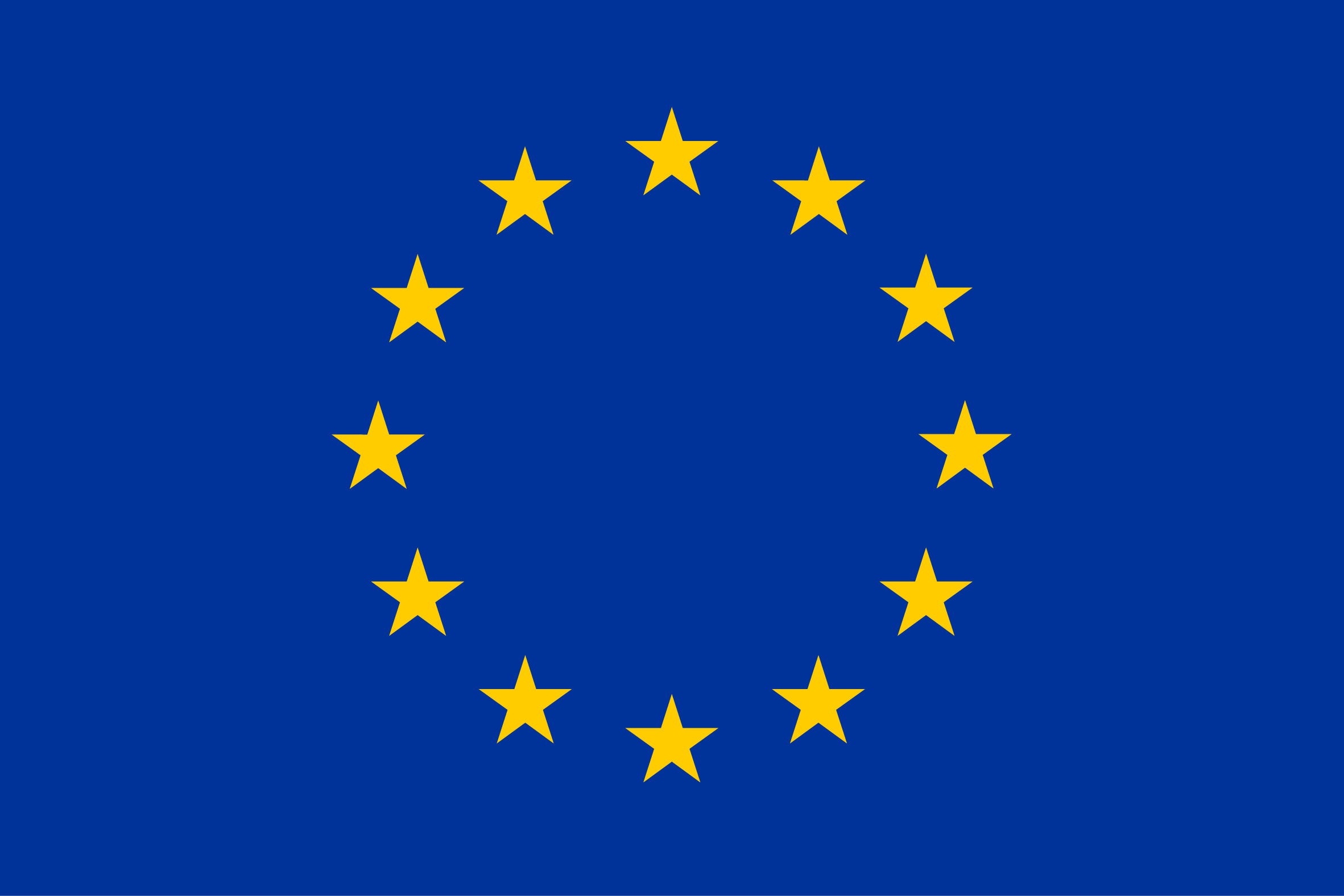No edit summary |
|||
| Line 121: | Line 121: | ||
=Eastern Mediterranean Sea= | =Eastern Mediterranean Sea= | ||
In this tab you can see the information that applies concretely to the Eastern Mediterranean edition of the MSP Challenge. | In this tab, you can see the information that applies concretely to the Eastern Mediterranean edition of the MSP Challenge; they are comprised of two layers; the military areas and the munition dumps. | ||
== 1) Military Areas == | == 1) Military Areas == | ||
Revision as of 12:55, 23 January 2025
This page was last edited on 23 January 2025, at 12:55. Content is available under GPLv3 unless otherwise noted.
 Co-funded by the European Union.
Co-funded by the European Union.